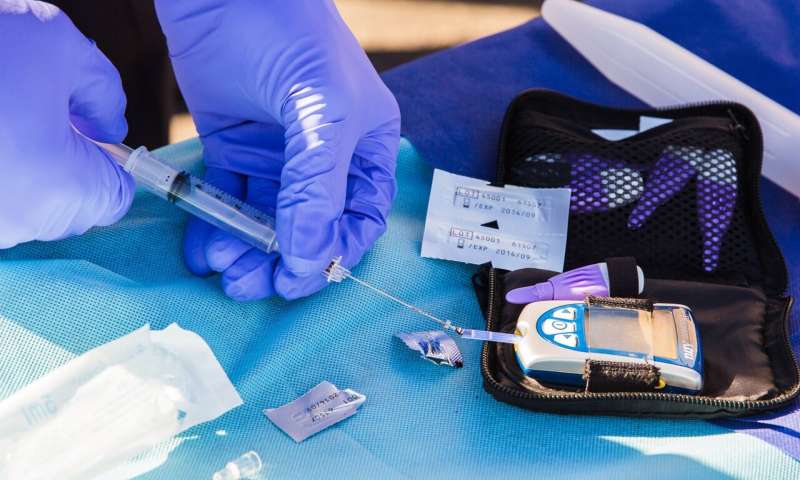People with diabetes may need to monitor their blood sugar more closely when doing high-altitude activities such as hiking or skiing, according to a small study published in the Society’s Journal of Clinical Endocrinology & Metabolism.
Doctors often recommend exercise for people with diabetes as it has many benefits. It can improve heart health, insulin sensitivity and quality of life. However, exercise can also cause hypoglycemia (dangerously low blood sugar) in people with diabetes during and after a workout. If a person’s blood sugar drops really low, quick action is needed as they can have seizures, become unconscious or die.
“These findings suggest that exercise performed shortly after exposure to high altitude may increase the risk of exercise-mediated hypoglycemia,” said Cory Dugan, A.F.H.E.A., B.Sc. (Hons), of the University of Western Australia in Crawley, Australia. “We ask that future guidelines consider these findings to increase the safety of people with type 1 diabetes when traveling from low to high altitude areas like the mountains without any acclimatization.”
The researchers studied seven people with type 1 diabetes and measured their blood sugar levels before, during and after two indoor cycling sessions that mimicked sea level and high-altitude conditions. After one hour of exercise at 4200 meters (about half the height of Mount Everest) and during recovery, blood sugar levels were significantly lower. These findings suggest exercise at high altitude may increase the risk of hypoglycemia in individuals with type 1 diabetes.
The Endocrine Society


